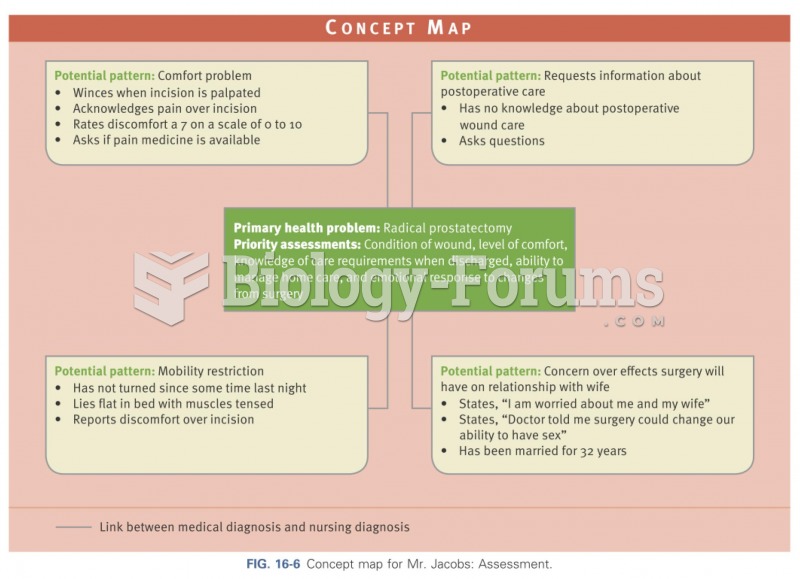Answer to Question 1
state dependence
Answer to Question 2
According to this view, also known as labeling theory, kids may violate the law for a variety of reasons. Regardless of the original cause, if their deviant behavior is detected and punished, the result is a negative label that can follow them throughout life. Although the original cause of the misbehavior is important, it is the labeling process that transforms the youngsters' identity. Without the label and stigma, they might be able to return to a conventional lifestyle; with it, they are locked forever into a delinquent way of life.
The degree to which youngsters are perceived as deviant may affect their treatment at home and at school. Parents may consider them a bad influence on younger brothers and sisters. Neighbors may tell their children to avoid the troublemakers.. Teachers may place them in classes reserved for students with behavior problems, minimizing their chances of obtaining higher education.
Beyond these results, and depending on the visibility of the label and the manner in which it is applied, youths will have an increasing commitment to delinquent careers. They may seek out others who are similarly labeled, for example, joining delinquent gangs and groups. Involvement with these new-found delinquent peers increases their involvement in delinquent activities and helps further enmesh them in criminality.
As labeled teens get further involved in their new deviant peer group and increase the frequency of their deviant activities, they face renewed condemnation from law enforcement officers, teachers, and other authority figures. This new round of labeling strengthens their commitment to antisocial behavior. The labeled teens may begin to view themselves as outcasts, abandoned by society. They may actually join others beginning to see themselves as troublemakers and screw-ups.. Thus, through a process of identification and sanctioning, re-identification, and even greater penalties, the young offender is transformed. They are no longer children in trouble; they are delinquents, and they accept that label as a personal identitya process called self-labeling.








